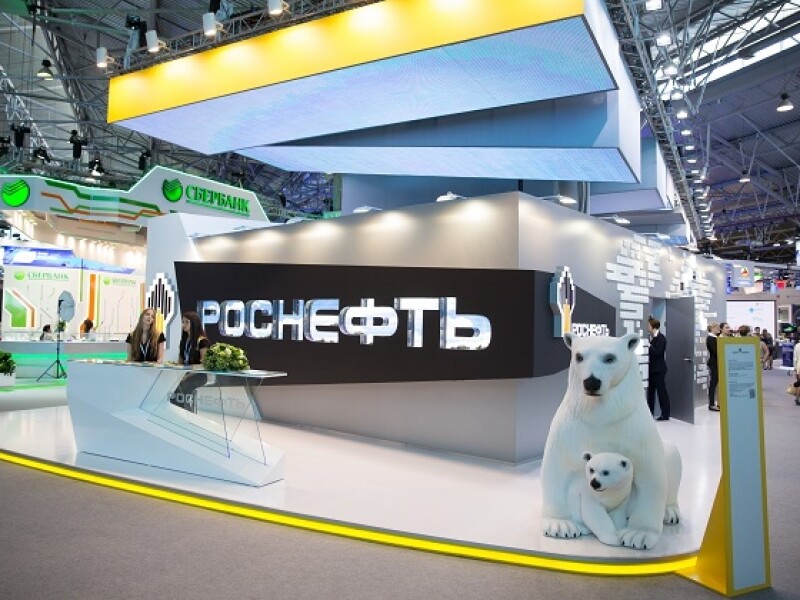International petroleum consultancy DeGolyer and MacNaughton (D&M) has signed an agreement to evaluate Russian state oil major Rosneft’s CO2 geological storage potential and advise on pilot projects to combine carbon capture and storage (CCS) with enhanced oil recovery (EOR).
Under the agreement signed at the XIV Eurasian Economic Forum in Verona, Italy, last month, D&M will develop its estimates using methodologies including SPE’s CO2 Storage Resources Management System (SRMS) and the International Organization for Standardization (ISO), Rosneft said in a news release.
The forum is an annual gathering of C-suite executives organized by the Italian Conoscere Eurasia Association which seeks to develop business between Italy, the European Union, Russia, and the Eurasian Economic Union whose members include Russia, Belarus, Kazakhstan, Armenia, and Kyrgyzstan.
Rosneft President and CEO Igor Sechin spoke on the opening panel with BP CEO Bernard Looney, Baker Hughes CEO and Chairman Lorenzo Simonelli, and ExxonMobil Senior Vice President Neil Chapman, according to the forum program.
D&M Chairman and CEO John Wallace was scheduled to speak at a later session on “Natural Gas and the Green Economy.”
The agreement with D&M is the latest in a string of cooperation agreements Rosneft has signed with international firms including BP, Baker Hughes, ExxonMobil, and the Japanese Ministry of Economy and Industry related to greenhouse-gas (GHG) emissions and sustainability.
Rosneft claims to have been the first Russian company to present a Carbon Management Plan for 2035 to the Russian government.
In July, Russian President Vladimir Putin signed legislation requiring the country’s largest GHG emitters to report carbon data to a new government agency. The new law makes carbon reporting mandatory as of January 2023 for companies emitting 150,000 tons of carbon or more, and January 2025 for carbon emitters in the 50,000 to 150,000-ton range.
Over the next 15 years, Rosneft’s Carbon Management Plan aims to meet the following targets:
- Prevent direct or indirect GHG emission of 20 million tons of CO2 equivalent.
- Reduce the emission intensity (volume of emissions per unit of GDP) of GHG from upstream operations by 30%.
- Reduce the intensity of methane emissions specifically to below 0.25%.
- End all routine flaring of associated gas.
Rosneft said it has already conducted preliminary research that estimated the volume of its potential CO2 storage capability at 240 to 1,000 billion tons, with an average estimate of around 500 billion metric tons.
The oil major also found that by combining CCS with EOR, it could potentially boost incremental production by 8% to 18% with much of the injected CO2 remaining stored in the reservoir, the company reported.
In 2019, Rosneft signed the Methane Guiding Principles in which the largest hydrocarbon producers from around the globe have pledged to reduce methane emissions across the natural gas supply chain while also improving data collection and increasing transparency.
The industry group seeks to ensure that natural gas continues to play a major role in the energy mix by engaging gas producers to voluntarily reduce emissions of methane. Russia’s Gazprom and Novatek have also signed the accord.
To bring the emission intensity of methane to below 0.25% by 2035, Rosneft is already introducing technologies such as unmanned aerial vehicles, laser and thermal image scanning devices, and ultrasonic detectors. Rosneft subsidiaries Samotlorneftegaz and Krasnodarneftegaz now use drones widely to cut transport emissions, the company said.


